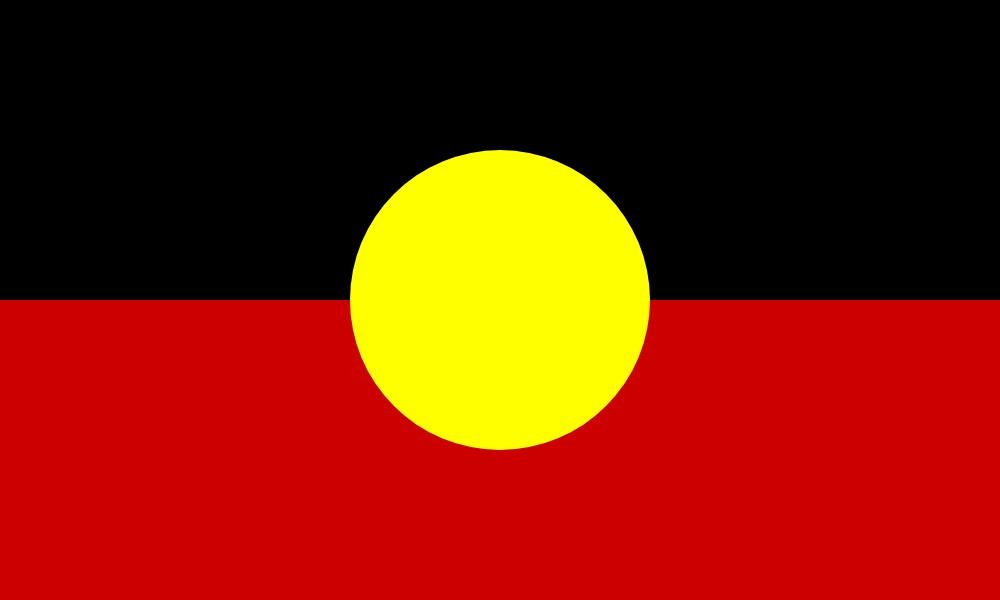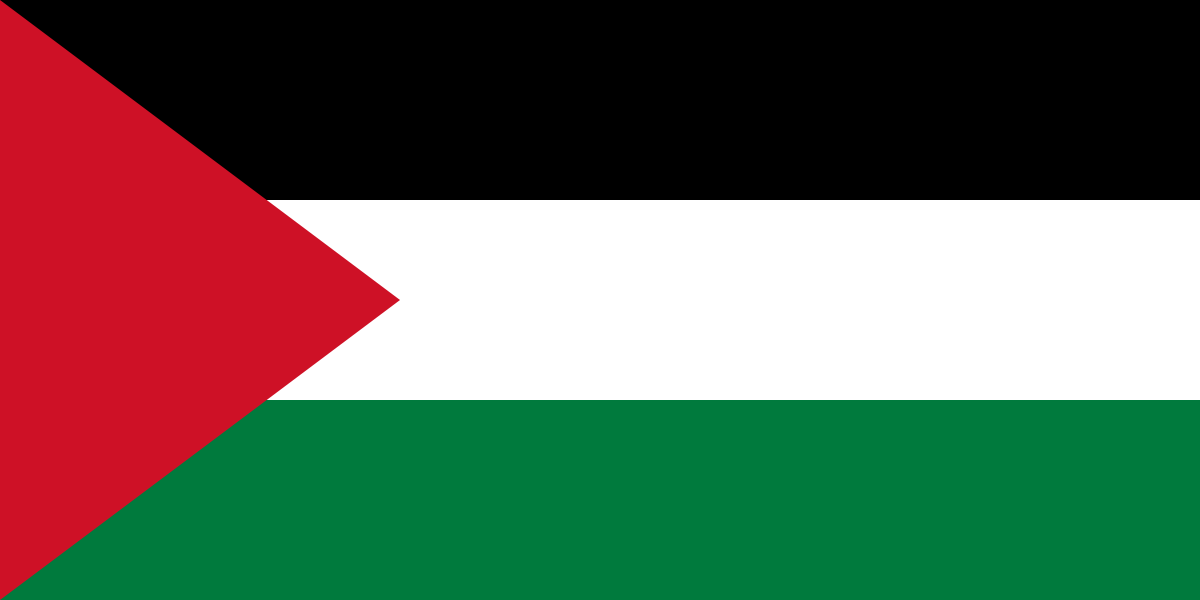We as Lakota people came from the center of the earth, out of what is called Wind Cave, in He Sapa, the Black Hills, the heart of everything and the center of our universe. There are multiple iterations of our creation story, but in one, when we first emerged from the Earth, it was clear there was going to be a lot of hardship, that our people would starve and would not be able to live in this new world. As a sacrifice, the last woman out of the cave transformed into a Buffalo, giving herself to feed the people. From that moment on, our people committed ourselves to honor the Buffalo in gratitude; we had an understanding that we would always take care of each other.
The Buffalo have a lot to teach us. But we are still, as we speak, facing the consequences of the federal government’s genocidal campaign, where they killed the Buffalo, intentionally trying to kill us. And it did kill a lot of us, and it killed a lot of things inside of us. Make no mistake: both were intentional.
When you have a people whose entire social structure is modeled after the Buffalo, an economy modeled after the Buffalo, a food system centered on the Buffalo, and then all of a sudden the Buffalo are not present in our everyday lives—a relationship violently and actively withheld from us, for generations—you can understand that some people may struggle with a sense of purpose.
So, to me, Buffalo restoration isn’t just the next eco-trend or hot new social justice campaign. I see Buffalo restoration as food sovereignty. I see it as language revitalization. I see it as suicide prevention. I see it as an economic alternative to a capitalist society.
I see it as the path towards a healthful Indigenous futurism and the imagination of an otherwise-world. I see it as essential to the continuation of my people on this Earth. It’s not just some romanticized image of Buffalo and Native people; it’s really, truly the core of who we are.

